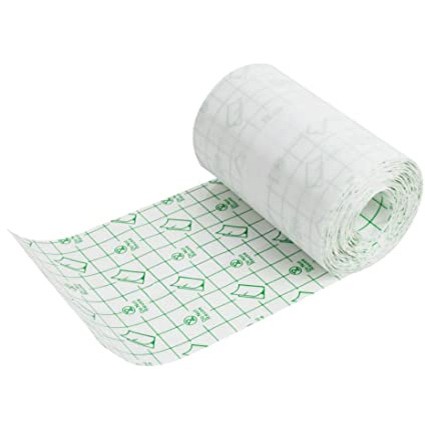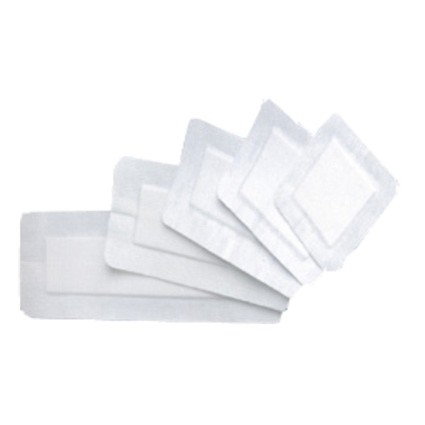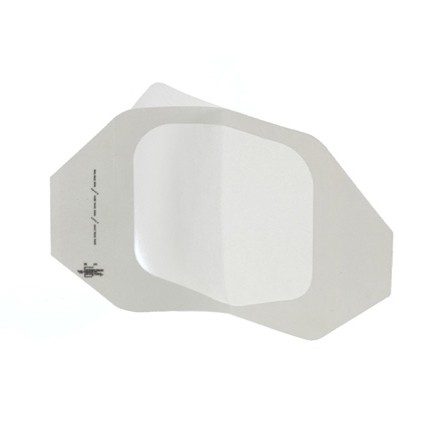
Non-woven Dressing
Non-woven dressing are the most commonly used dressings, often used to protect open wounds or areas of broken skin. They are suitable for minor injuries such as grazes, cuts or areas of delicate skin.
These dressings come in all shapes and sizes, from small coverings for fingers to larger ones for wounds across wider areas of the body. As well as pre-cut dressings, these also come in a roll option that is made to be cut to size.
Waterproof Dressing
Waterproof dressing are useful for when medical professionals or carers want to monitor wound healing, as these dressings cover the wound with a clear film. These make identifying potential complications much easier, such as by making infections easier to spot at an earlier time. For this reason, these kinds of dressings are often used on surgical incision sites, on burns and ulcers, and on IV sites.
These dressings are breathable but impermeable to bacteria, helping to keep the wound clean and dry, preventing infection and speeding up healing. They are also flexible, which makes them comfortable to wear.


Island Dressing Wound
Island dressings consist of a sterile non-woven adhesive backing with an absorbent wound pad which provides a waterproof and bacterial barrier. As an absorbent pad it absorbs light levels of blood or exudate. Exudate is a liquid produced by the body in response to tissue damage. Exudate is a fluid, such as pus or a clear liquid that oozes out of blood vessels into nearby tissues.
The dressing absorbs blood, plasma and other fluids exiting the wound. It is used post operatively as a general surgical dressing and protection for acute surgical incisions. As the dressing absorbs excess wound fluid it provides a sterile environment and a protective barrier against further trauma.
IV Dressing
IV Dressings can be used to protect I.V. catheter sites and wounds, to secure devices to the skin and to maintain a moist environment for wound healing. They are breathable, waterproof and act as a barrier to protect against external contaminants including bacteria, viruses*, blood and bodily fluids.






